Last updated on October 5, 2022
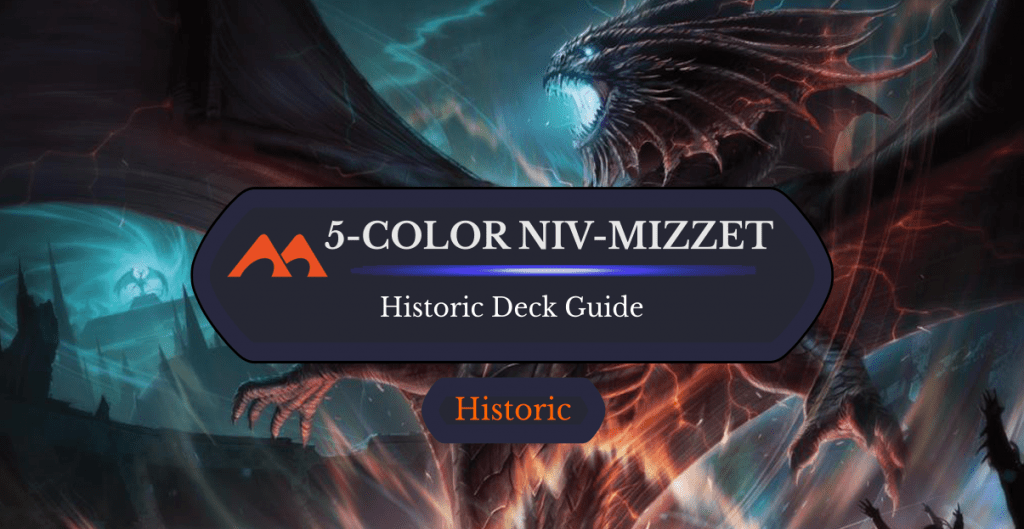
Niv-Mizzet Reborn | Illustration by Raymond Swanland
Historic is a mixed format with plenty of decks and archetypes. But the clear winners seem to be Izzet Phoenix, Jund Food, and Selesnya Humans.
There's another deck that’s always been here, waiting for its time to shine. It recently got a powerup with Jumpstart: Historic Horizons. Unlike the previously mentioned decks, this one isn’t limited by two or three colors; it runs the full spectrum of colors available in Magic!
That's right, today I’ll be going over 5-Color Niv-Mizzet. Let’s take a look.
The Deck
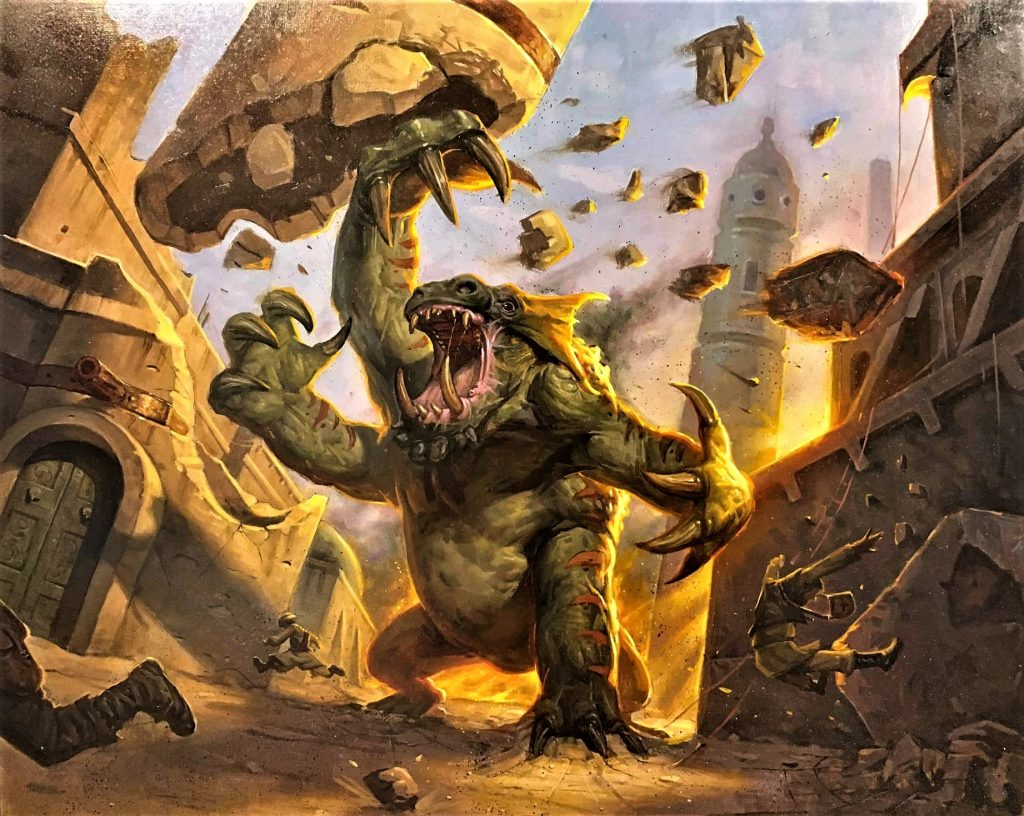
Territorial Kavu | Illustration by E. M. Gist
Creature (11)
Hydroid Krasis
Territorial Kavu x4
Klothys, God of Destiny
Niv-Mizzet Reborn x4
The Scarab God
Instant (12)
Fatal Push x3
Vanishing Verse x2
Drown in the Loch
Lightning Helix x4
Prismari Command x2
Sorcery (8)
Expressive Iteration x3
Maelstrom Pulse
Deafening Clarion x4
Enchantment (1)
Land (28)
Blood Crypt
Deserted Beach
Hallowed Fountain
Haunted Ridge
Indatha Triome x3
Ketria Triome x3
Mountain
Overgrown Farmland
Overgrown Tomb x2
Raugrin Triome x3
Rockfall Vale
Sacred Foundry
Savai Triome x2
Shipwreck Marsh
Steam Vents x2
Stomping Ground
Temple Garden
Watery Grave
Zagoth Triome
Sideboard (15)
Teferi, Hero of Dominaria
Klothys, God of Destiny
Koma, Cosmos Serpent
Maelstrom Pulse
Fatal Push
Dovin's Veto x3
Despark
Vanishing Verse x2
Mystical Dispute x2
Grafdigger's Cage x2
The Strategy
The game plan is easy: play an early Territorial Kavu to hold most of the beatdown, stabilize with your removal and board wipes, and never run out of gas by resolving Niv-Mizzet Reborn. The deck is initially slow but compensates with its high-impact cards.
Let’s find out which cards those are and what role they play in the deck.
High-Impact Creatures
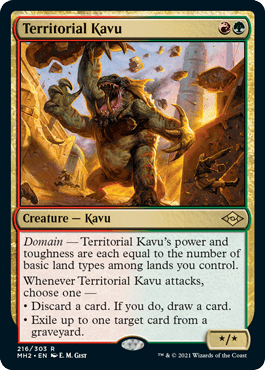
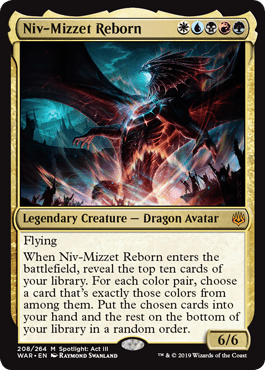
Your first heavy-hitter is Territorial Kavu. This creature threatens to be a big body by itself since it’s commonly a 3/3 for two mana in the early stages of the game and a 5/5 for the rest. Your ideal play is to have a 5/5 on turn 2, but that's pretty hard to do. Not impossible, though, thanks to the Triomes and shock lands in the deck.
Your other important creature is Niv-Mizzet Reborn itself. Niv is the core strategy here. Even though Bring to Light isn’t in Historic (yet), Niv still provides fuel for days when it resolves, especially in a deck that’s built around it.
Other Creatures
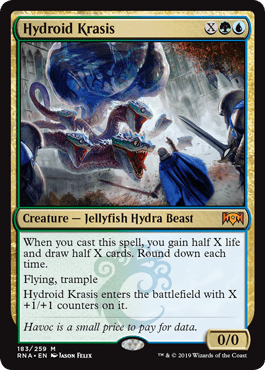
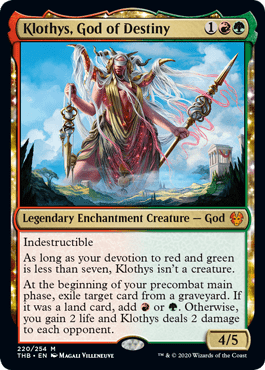
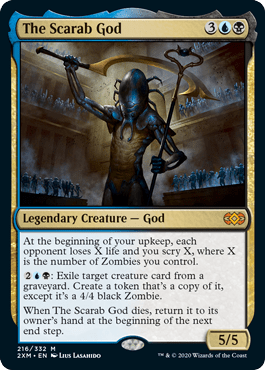
The rest of your creatures are mostly flex slots that can be changed depending on the meta. This build has three that are very good on their own and, more importantly, can be tutored by Niv's ability. You’ve got Hydroid Krasis, Klothys, God of Destiny, and The Scarab God in this list.
Hydroid Krasis is the one you probably shouldn’t swap for anything out of the three. It has a similar role to Niv. and is almost like playing a fifth copy of the Reborn dragon with the upside of gaining life. It also has trample, which can be very helpful in some situations.
As far as the other godly creatures go, Klothys, God of Destiny aims to mess with your opponent's graveyard while keeping you alive, an ability that’s key in the current metagame where Izzet Phoenix and Jund Sacrifice are everywhere. The Scarab God also deals with your opponent’s graveyard to an extent while being a hard-to-remove creature once it’s resolved.
The Removal Package
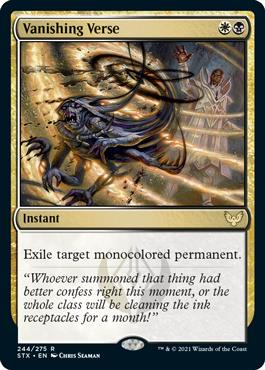
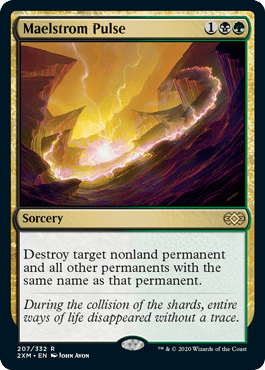

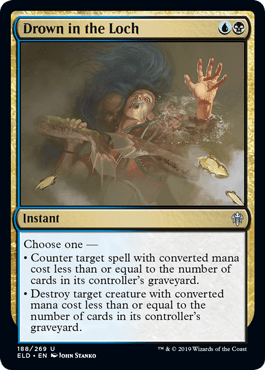
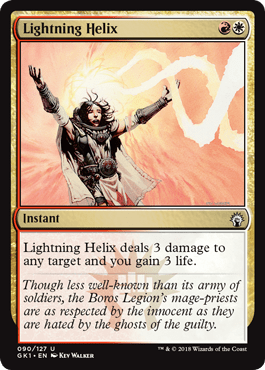
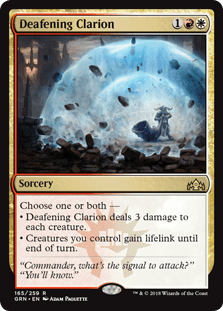
Vanishing Verse can deal with any mono-colored threats. This is huge against the likes of hard cast Shark Typhoon or Portable Hole that can easily deal with your Territorial Kavu.
Lightning Helix and Deafening Clarion can both deal with creatures that have three toughness. Helix can be played at instant speed and also nets you some life in the process. Clarion acts as a board wipe with the upside that if you already happen to have a big creature in play like Territorial Kavu, it can give it lifelink and refill your life total.
Maelstrom Pulse and Binding the Old Gods can both deal with any non-land permanents. Maelstrom can deal with multiple copies of the same card while Binding acts as both removal and a mana ramp/fixer, which is critical given that you run tons of Triomes.
You also have a single copy of Drown in the Loch that acts as a counter and removal for just two mana. It also fills your gap in the Dimir slot since your only other Dimir spell is The Scarab God.
Other Spells
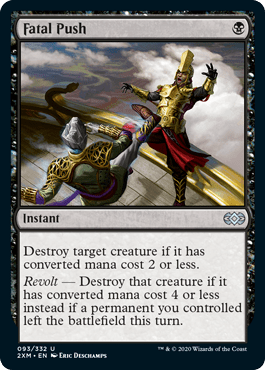

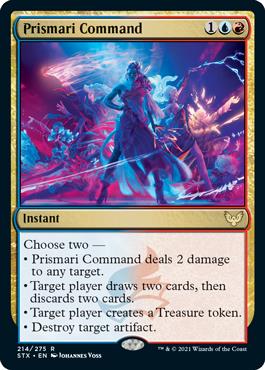
Fatal Push is your only mono-colored spell. It’s here to kill early threats and stabilize in the long run, so it’s not a big deal that you can’t tutor this spell. Still, you don’t run more than three because you don’t want to mess with your core plan too much.
It’s important to note that this slot can also be replaced with the same amount of Thoughtseize, which is great in control matchups. You should run it if you expect little aggro in your meta.
Expressive Iteration is your cheapest form of card advantage. It’s runs in almost every deck with blue and red. It also fits perfectly in yours since you want to secure your land drops in the early game, and you’ll rarely get out of solid draws in the long game.
Prismari Command is the last non-creature spell of the deck, and it’s perfect for dealing with artifacts and creatures with two toughness or less. It can also ramp you from turn 3 into turn 5 on some occasions so you can cast an unscheduled Niv-Mizzet Reborn and refill your hand.
The Land Base
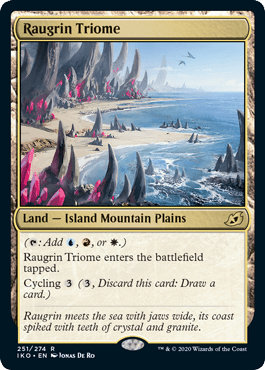
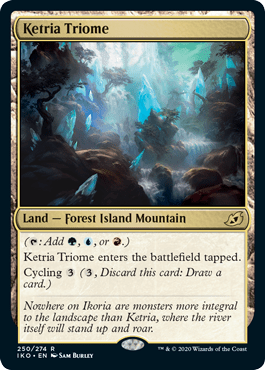
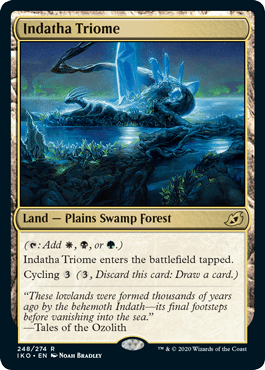
This one heavily relies on its mana base since running five colors isn’t easy. You’ve got at least one of each shockland, Triomes, and some other duals that can enter the battlefield untapped in more extended parts of the game without giving away your precious life.
The distribution is about the same for each. You want to prioritize early blue, red, and green since your desired early drops are Territorial Kavu and Expressive Iteration. Three copies each of Raugrin Triome and Ketria Triome are a must to keep to that plan.
You also run three copies of Indatha Triome since you need the fixing for early removal. While it may seem excessive, remember that they can be cycled away in the late game thanks to their ability.
Common Interactions
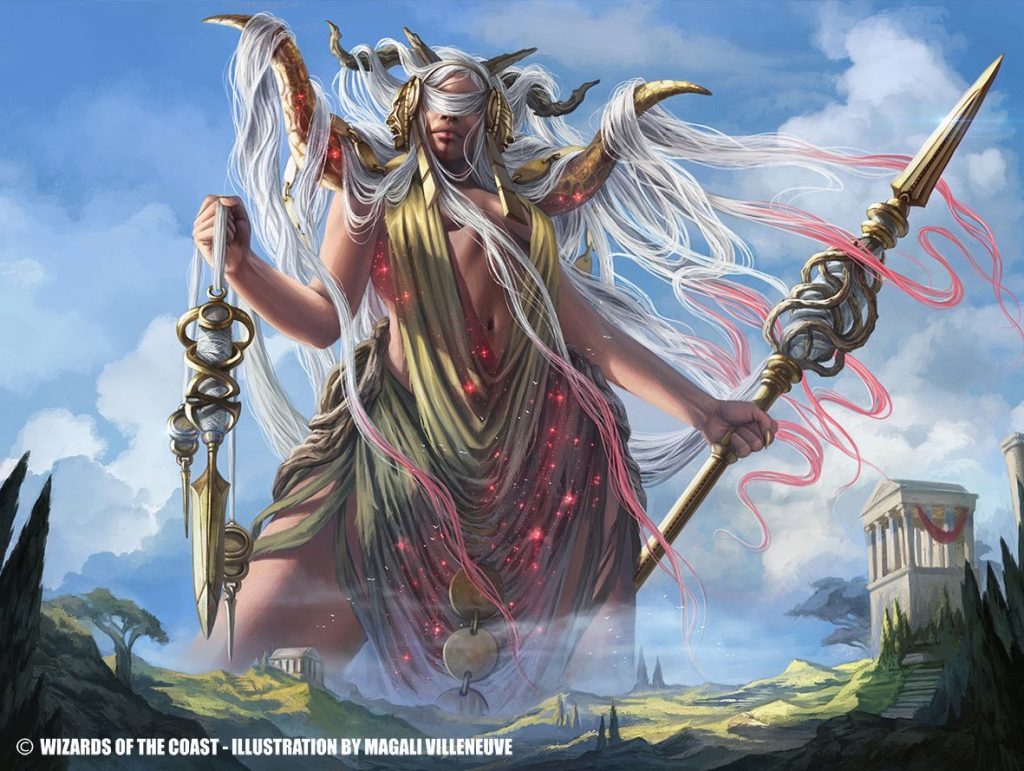
Klothys, God of Destiny | Illustration by Magali Villeneuve
This deck may seem complicated at first glance, but it’s very straightforward. The important part is realizing which cards can be cast depending on the lands you get at the beginning. Some interactions need to be kept in mind at all times, so let’s go over the ones you need to pay attention to.
- As you may already know, Expressive Iteration is basically a 2-drop you don’t want to be playing on turn 2 since you won’t be exploiting its full potential. Play it before making your land drops from turn 3 onwards instead. It puts a card in your hand, not to mention potentially playing a land for free. Remember that its effect lasts until the end of the turn and if you don’t play the exiled card by then, it’s gone for the game.
- Binding the Old Gods’ second ability will let you tutor for any Forest in the deck, meaning you can tutor Triomes that include the Forest subtype.
- You can trigger revolt from Fatal Push after Binding the Old Gods’ last ability has resolved or if you crack a token created by Prismari Command. This is key to kill creatures a bit too large for your burn spells like Questing Beast.
- You can choose one card for each pair of mana color combinations with Niv-Mizzet Reborn’s ability, but it’s a bit tricky to select them on Arena if you happen to have two different cards of the same color pair. Make sure you click on the right card before hitting done since this ability is mandatory and you won’t get the card if you’re not careful.
- Tutoring shocklands with Binding the Old Gods and paying two life won’t let you get them untapped. Instead, you just lose two life points.
- Territorial Kavu is excellent against graveyard-based strategies, but it can also loop undesired cards you’re otherwise holding dead in your hand.
Sideboard Guide
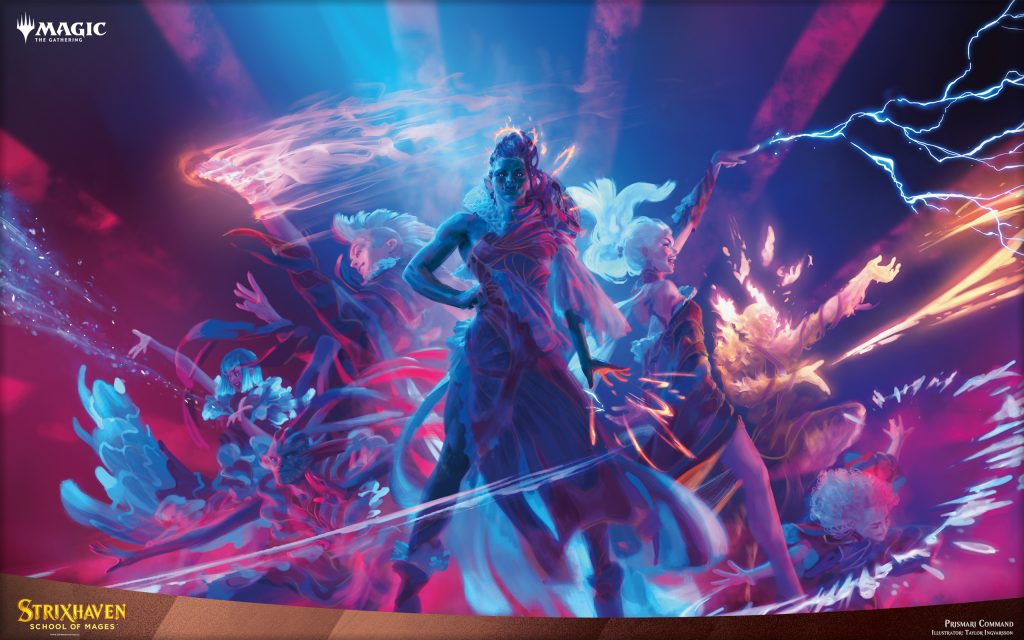
Prismari Command | Illustration by Johannes Voss
All matchups may seem hard at first glance, especially if you don’t have the experience of playing against them with this deck. It might seem like you should only really be prepared to face decks abusing the graveyard or dying in the process, but don’t fall into that trap.
That’s not true since aggro decks that are competing for the number one spot like Selesnya Humans are also on the hunt. That’s why I’ll cover the most popular matchups you may end up facing on the ladder.
Ready? Let’s go!
Izzet Phoenix Matchups
Territorial Kavu is essential in keeping your opponent’s graveyard count low in this matchup. Prioritize cards in their graveyard since your main goal is to disrupt the delirium ability. Unholy Heat can threaten to one-shot all your creatures for just one mana if you don’t keep them in check.
Another key card in the matchup is Klothys, God of Destiny. It’s a permanent threat that usually can’t be answered once it resolves. The Scarab God does a similar job but it’s kind of slow on its own, so don’t rely too much on it. Sure, it can exile Arclight Phoenix from time to time, but don’t expect that to happen a lot given the nature of the matchup. This should be one of your options to cut from the deck post-sideboard.
Speaking of post-sideboard, your aim is to bring more graveyard hate with more copies of Klothys and two copies of Grafdigger's Cage. Other options like Despark and Vanishing Verse are also good additions as they’ll permanently deal with any Phoenix problem.
This all depends on the matchup. If you happen to see cards like Crackling Drake or Sprite Dragon, you want to bring in cards other than the Verse like Mystical Dispute. These changes depend on what you see in game 1, but these are the post-sideboard changes you should be looking at for an average Izzet Phoenix list:
In

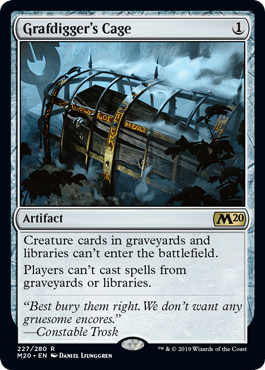
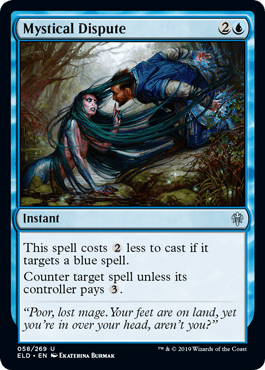

Out
Jund Food Matchups
You’ll be okay in this matchup as long as your opponent doesn’t resolve a Korvold, Fae-Cursed King since you have very few answers for it. You have enough answers in your main deck to easily beat them aside from Korvold, and you’ll be in okay shape since it takes a bit of time for them to assemble their combo.
Even if they do manage to get their combo going, you still have multiple ways to deal with it. Vanishing Verse is an excellent answer to Trail of Crumbs and Prismari Command can kill smaller creatures as well as Witch's Oven.
Don’t worry too much about Ravenous Squirrel. Territorial Kavu is usually big enough to hold it back until you find a copy of Fatal Push.
Post-sideboard you want to bring your dedicated graveyard hate, but this time you’ll side out cards like Lightning Helix and Deafening Clarion. While they’re good cards, it’s better to see them go than cut Binding the Old Gods which can deal with a resolved Korvold, Fae-Cursed King.
In
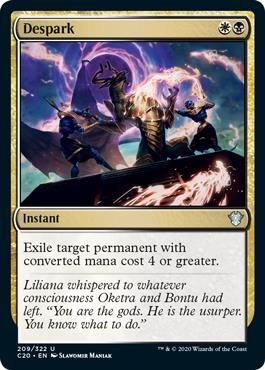



Out
Selesnya Humans Matchups
This matchup is hard even with your dedicated removal package in the main deck since it aims to attack you from many different angles. Esper Sentinel into Thalia, Guardian of Thraben is annoying. If your opponent gets this sequence on the play followed by an Elite Spellbinder, it’ll usually be lights out for you. It’s not impossible to win here, though, since the perfect counter for Selesnya Humans is Territorial Kavu. Even if it’s not a 5/5 on turn 2, Kavu will be large enough to stop threats in the early turns and give you room to find your answers.
Collected Company is also a pain, but you have the right answers to get you back in the game at any point. The key here is to mull slower hands or hands that don’t have a way to disrupt your opponent in the early turns. If you stumble for a bit, you’ll be dead very soon.
For the sideboard, you want to get rid of your slower cards and bring in more creature removal. I’m still hesitant to suggest Grafdigger's Cage against aggro decks, but you can slide in at least side in one copy since it can be the difference between winning or losing a game most of the time.
In



Out
UWX Control Matchups
There are some control decks running around in the meta. While they’re not as popular as the other decks I’ve covered, they have relatively suitable matches against Jund Food and need to be considered for ladder runs.
Most of your removal will be dead in game 1 since you’re more suited to face creature decks. The key here is to pressure your opponent with an early Territorial Kavu to force them to tap out for board wipes. That’s where you can resolve a timely Niv-Mizzet Reborn. Also, resolving an early Territorial Kavu will help you loot your dead removal.
You’ll have fuel for days once your dragon is resolved, and the balance of the game will switch to your favor. On the other hand, don’t blindly play your Reborn dragon into counterspells. Archmage's Charm is very popular in these builds. Hydroid Krasis is another good card against these control builds because you still get the card draw generated from it even if it’s countered.
Things get better post-sideboard as you swap your dead removal for cards better suited for the match-up like Dovin's Veto and Teferi, Hero of Dominaria.
In





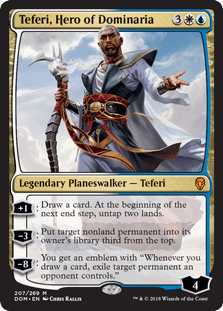
- +3 Dovin's Veto
- +2 Mystical Dispute
- +1 Koma, Cosmos Serpent
- +1 Klothys, God of Destiny
- +1 Despark
- +1 Teferi, Hero of Dominaria
Out
Other Cards to Try
These cards didn’t make the cut (barely) and can see play in small numbers in the main deck or sideboard depending on the meta. I should also mention that they’re all gold cards that can be retrieved with Niv-Mizzet Reborn.
Growth Spiral
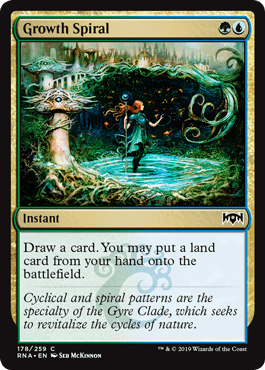
I thought about this for a while and I’d be more than happy to run Growth Spiral with different mana composition. You get to play a faster Niv-Mizzet Reborn with this, but you could drop the ball against aggressive starts. But it’s still a worthy consideration that can be exploited in the future.
Kaya, Orzhov Usurper
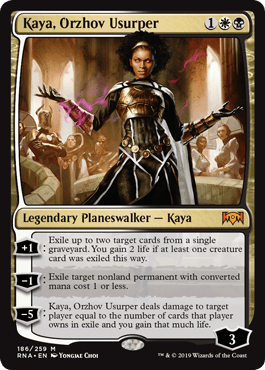
Kaya, Orzhov Usurper is a perfect answer against popular decks running the cat/Oven combo since it can quickly deal with the deck’s enabler and the payoff. The long game also threatens to deal several damage to opponents that can’t react in time. This is especially true in slow control matchups.
Thought Erasure
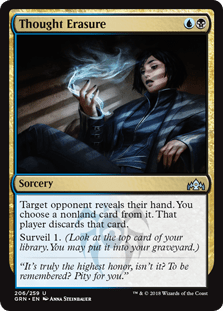
Thought Erasure is another option if you want to use a tutor-able Thoughtseize that won’t deal you any damage. Two mana is probably a bit too much for some players, but control matches are slow anyway and it’s a good addition in that context.
Time Wipe
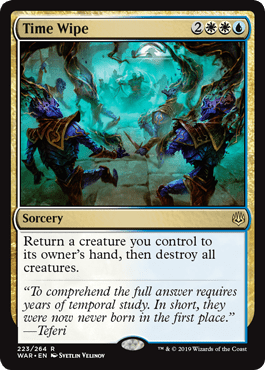
I didn’t even know Time Wipe existed, but it’s excellent against aggressive starts. It acts as a one-sided board wipe most of the time and can be fetched with your signature dragon.
Culling Ritual
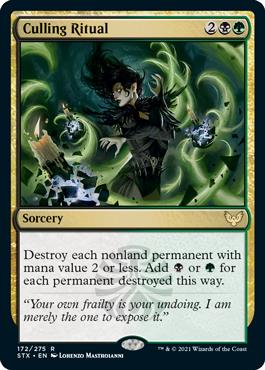
Culling Ritual is another perfect answer against decks that run cheap value cards. Given the rise in Golgari Food’s popularity, this card seems like an ideal addition to your sideboard.
Jegantha, the Wellspring

Last but not least is a companion that I totally didn’t forget to add to the sideboard.
Jegantha, the Wellspring is an auto-add to the deck. The deck naturally supports it without having to make any changes. So it’s just a matter of whether you think Jegantha deserves a slot in the sideboard or not.
Wrap Up
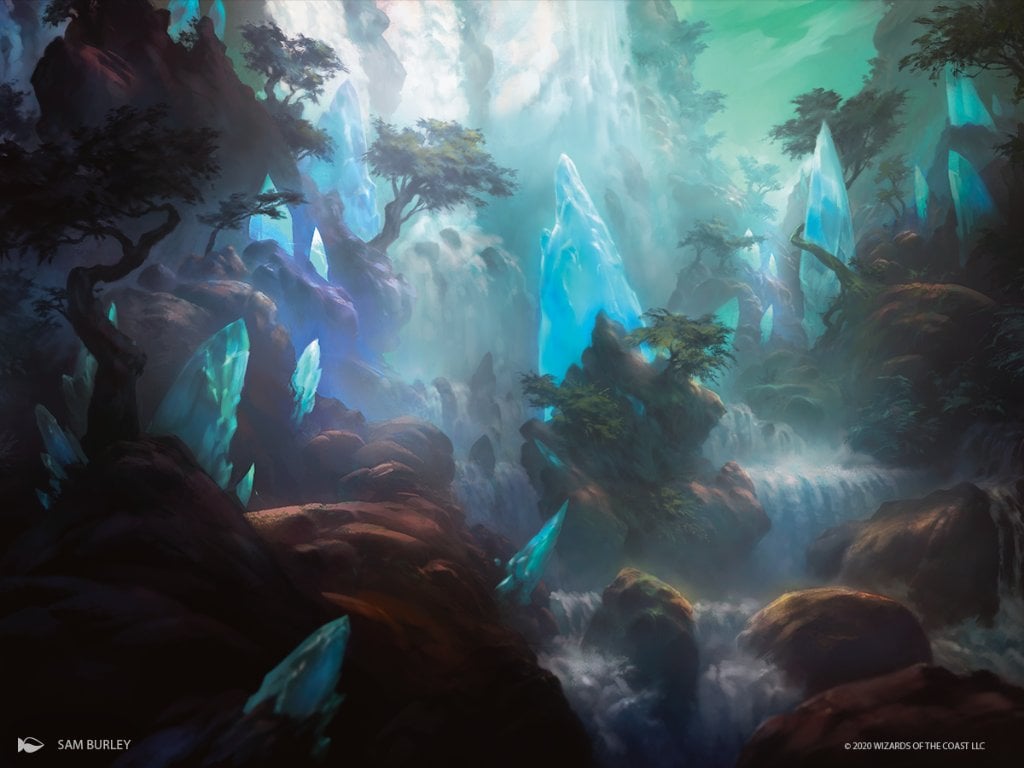
Ketria Triome | Illustration by Sam Burley
This is a fun deck to run. You get to play with all five colors in Magic, but is it good enough? While it runs a cohesive game plan, I think it still has a few missing slots that would make the deck even better.
If you’re already bored playing the most popular decks, I encourage you to give 5-Color Niv-Mizzet a try. A fair warning, though: you’ll need a lot of wildcards to get your hands on this list.
What do you think? Do you like the deck? What changes would you make? Please let me know in the comments! If you’re planning on taking this deck for a test drive in MTGA, make sure you’ve got Arena Tutor at your side. It’s free, it has Draftsim’s signature AI, and there’s even some new features to boot.
As always, take care, and don’t forget to add your Jegantha’s as companions!
Follow Draftsim for awesome articles and set updates: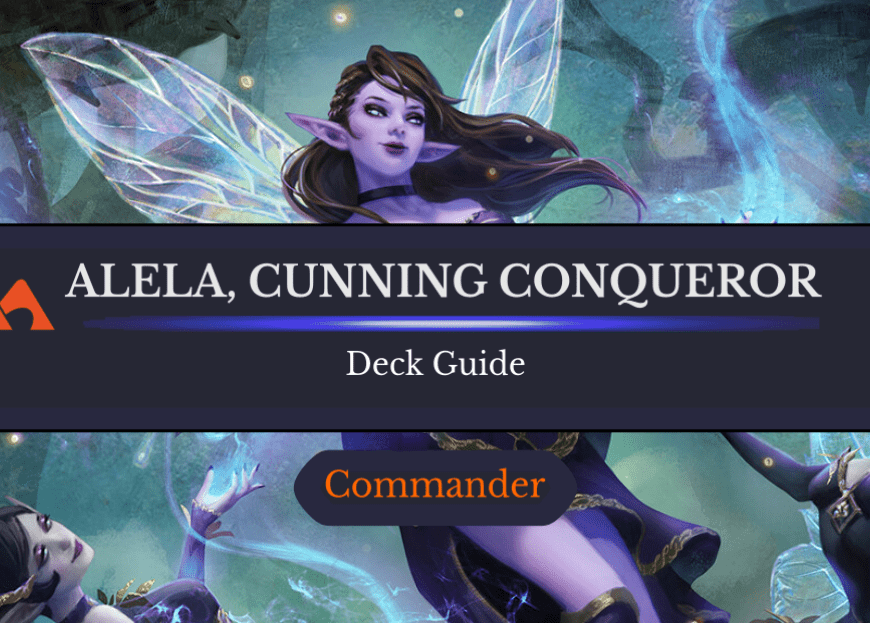
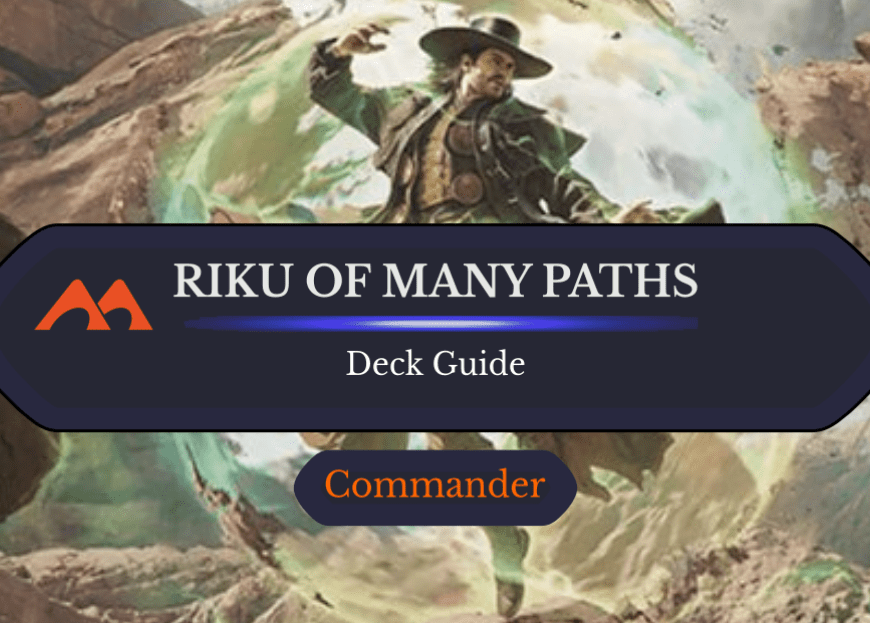
Add Comment